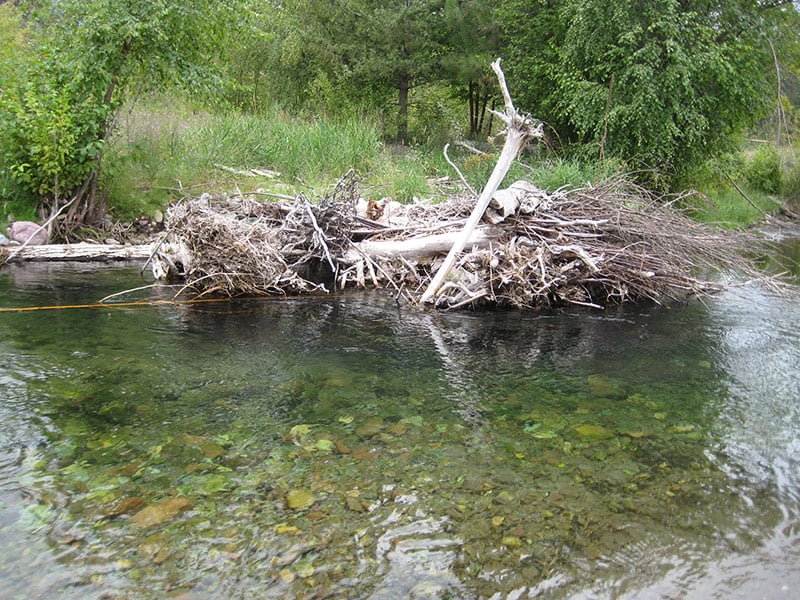MakakaCaston, Mazire Samantha
Department of Biological Sciences, Midlands State University, P.O. Bag 9055, Gweru, Zimbabwe
Key words: Avian, diversity, habitat structure.
 Abstract
Abstract
Bird species distribution is due to preference of certain types of habitats and many birds may disappear if their habitat is destroyed. The vegetation in Hwange National Park has been modified by elephant activity due to their high and growing numbers. An investigation into the influence of habitat structure on bird species distribution was carried out during the month of October 2012 in Main Camp, Hwange National Park. Birds were surveyed using the point count technique and various vegetation variables, that included height, stem diameter, canopy volume, were measured in six homogenous vegetation types. Visual assessments of elephant damage on the vegetation were also carried out. A total of 41 bird species and 311 individuals were found in the area sampled. The most speciose and abundant bird order found were the Passeriformes (24 species and 175 individuals respectively) and its members are found occurring in all the vegetation types. Grasslands provided the most favoured habitat for the birds. Elephant damage in the study area was moderate to high and had an insignificant influence on the bird species diversity. Regression analysis showed a relationship between bird species diversity and stem diameter as well as canopy volume (R2=0.835, p=0.007; R2=0.827, p=0.008 respectively), but no relationship was found between bird species diversity and plant species diversity as well as height and elephant damage levels (R2=0.417, p=0.099; R2=0.169, p=0.228; R2=-0.0004, p=0.970 respectively). The results therefore imply that habitat structure has an influence on the distribution of bird species in the park.
Get the original article sin Source: Volume 4, Number 1, January 2014 – JBES
Published By: Journal of Biodiversity and Environmental Sciences (JBES)
Related Post: Rapid in vitro clonal propagation of a hybrid muskmelon (Cucumis melo L.) cultivar from seedling explants
